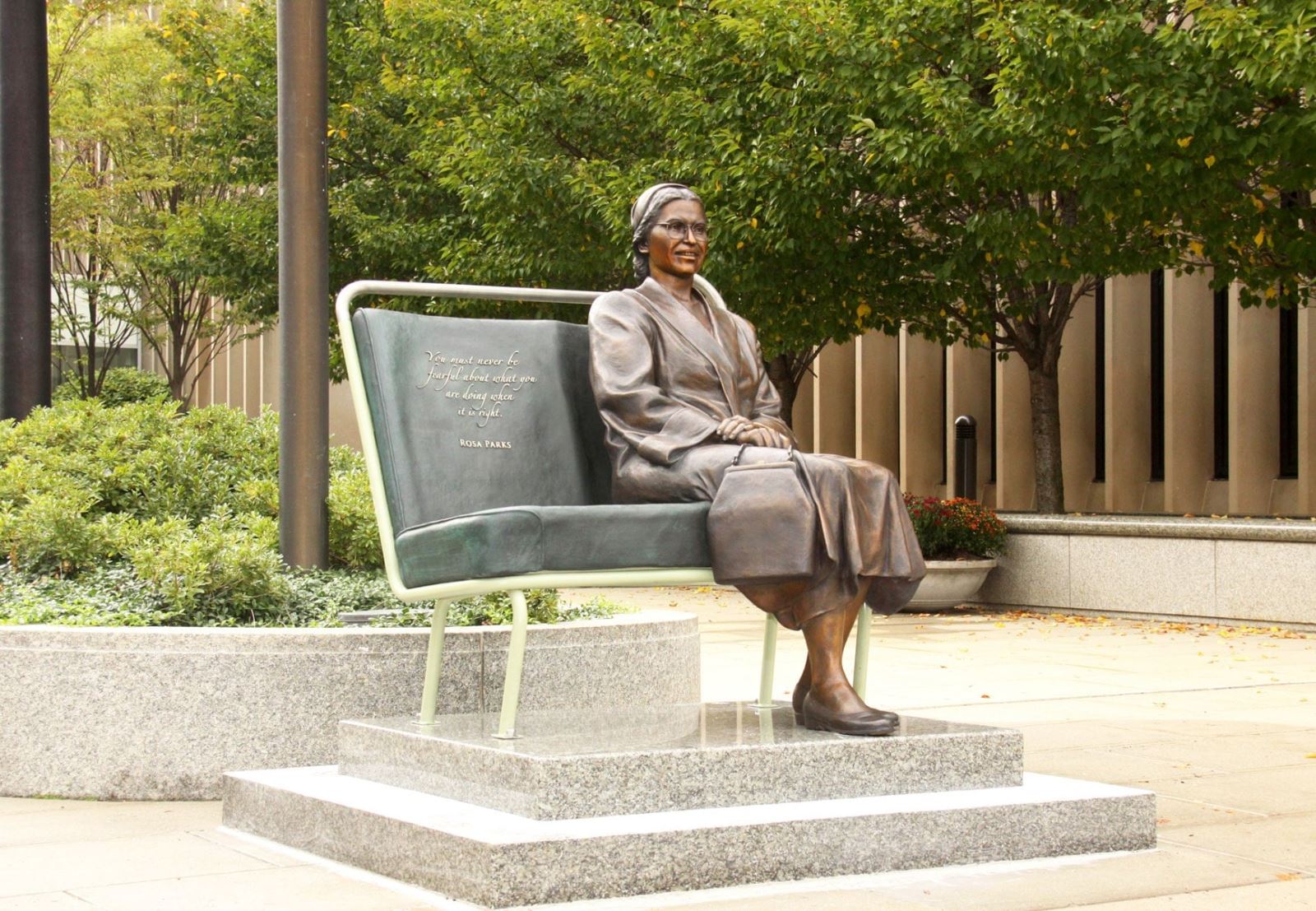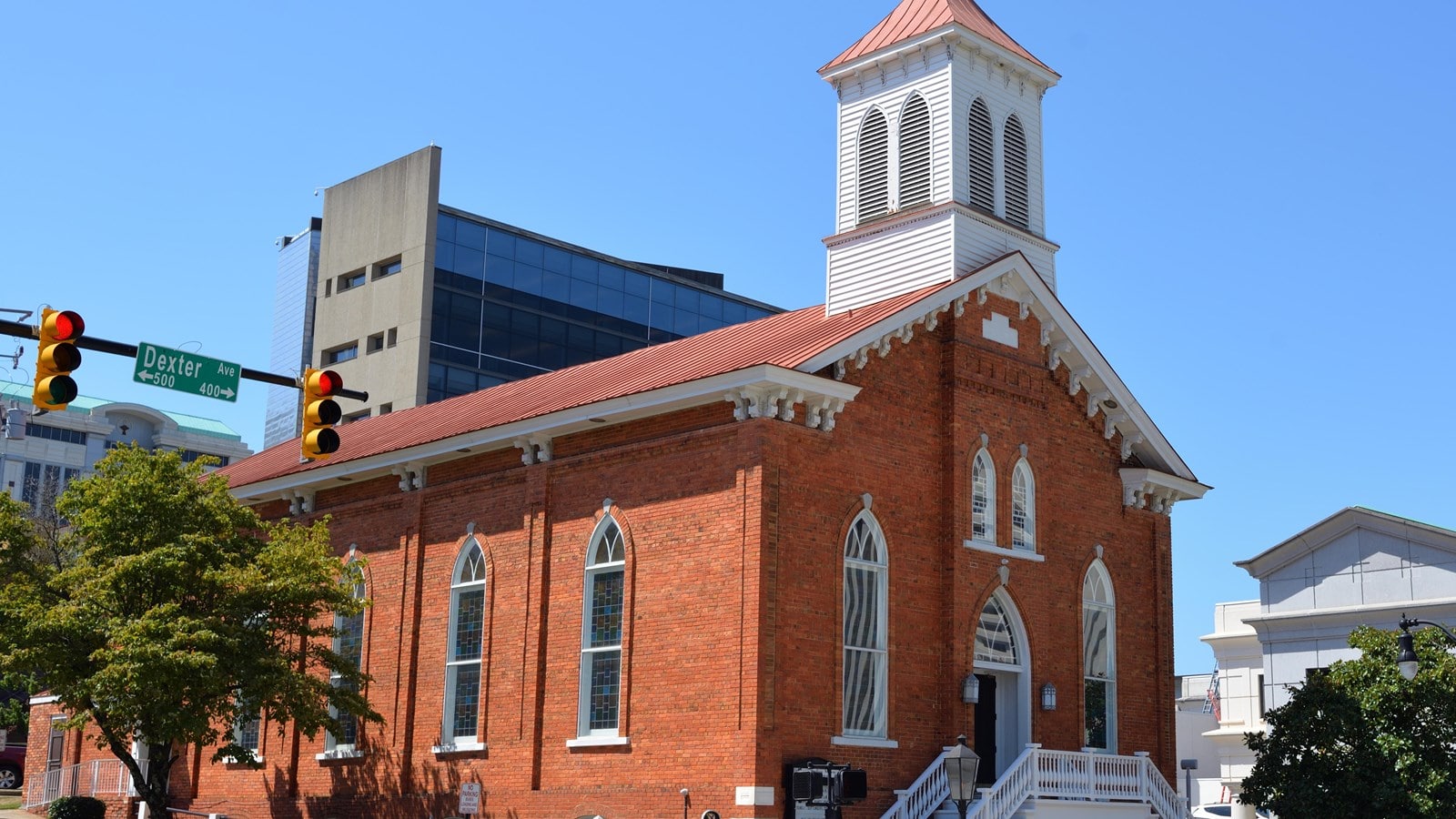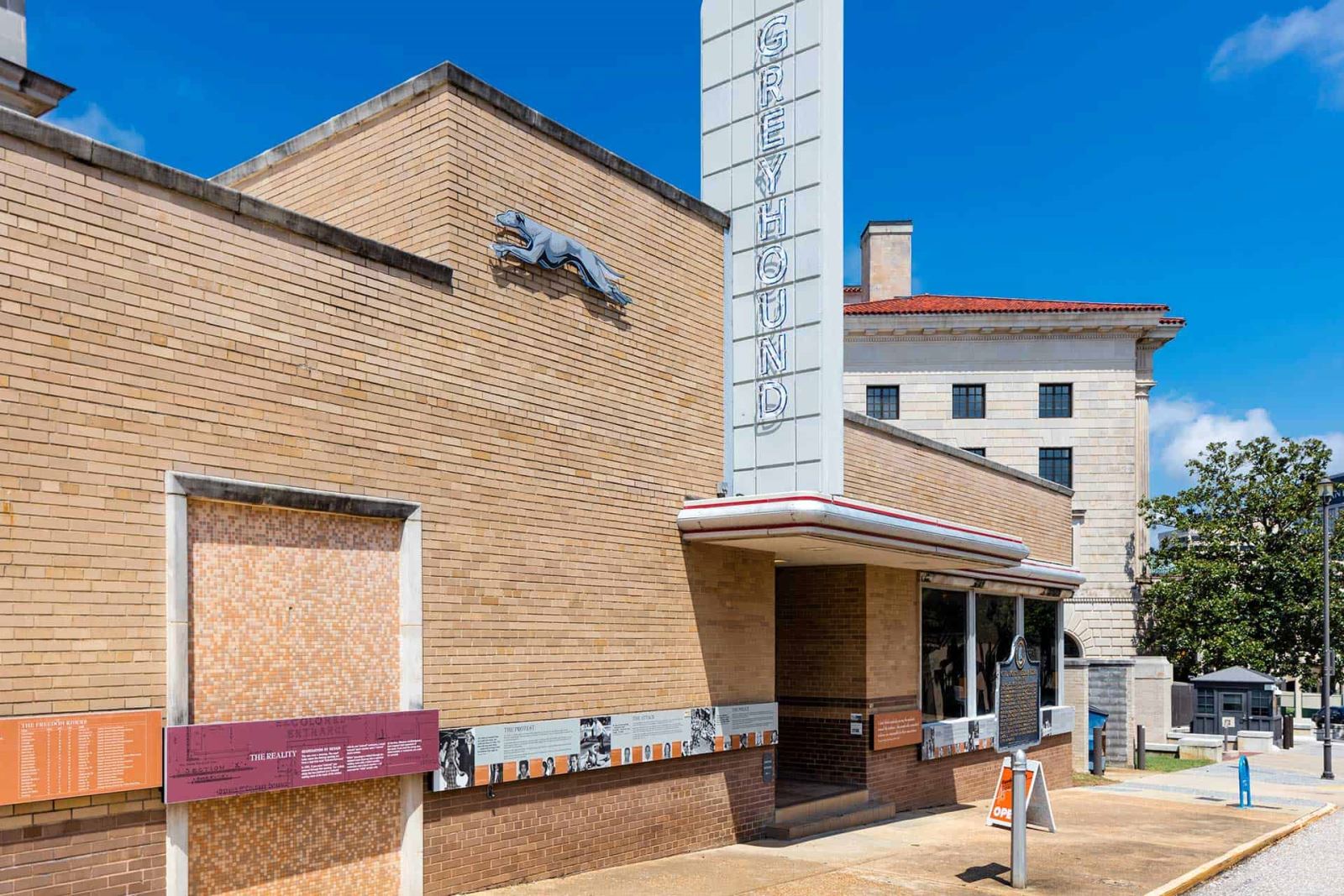Exploring the History of the Civil Rights Movement in Montgomery
As the birthplace of the Civil Rights movement, Montgomery, AL is considered one of the best historic cities in America. From historical sites, to museums, to memorials, there are a plethora of things to see and learn in this wonderful southern city.
The modern Civil Rights Movement began when Rosa Parks refused to give up her seat to a white man on a Montgomery bus. Throughout the following year, the Reverend Martin Luther King, Jr., a 26-year-old local Black pastor, led the Montgomery Bus Boycott. You can visit the Rosa Parks Museum at Troy University where you will see an active memorial to the life of this civil rights icon. You will learn about how the lessons of the Montgomery Bus Boycott brought racial integration to transportation and international attention to civil rights. Located in Downtown Montgomery at the site where Mrs. Parks was arrested, it is the only museum in the United States dedicated to Rosa Parks. The mission of the Rosa Parks Museum is to honor her legacy and the boycott that started the Civil Rights Movement. Visit the Rosa Parks Museum

The Civil Rights Memorial Center (CRMC) is a project of the Southern Poverty Law Center (SPLC). It serves as the interpretive center for the Civil Rights Memorial, which honors those who participated in the movement and provides inspiration to those who visit to continue working for racial equality and social justice. CRMC

Right around the corner from the CRMC, you will find the historic church where Martin Luther King Jr. served as pastor during the Montgomery Bus Boycott. Dexter Avenue Baptist Church was an important fixture during the 1955-1956 boycott, which served as a protest against racial discrimination and provided a model for other peaceful protests and demonstrations. While there take a look around the Parsonage Museum where Mr. King once lived. Then stop by The Alabama State Capitol, recognized as an official destination on the U.S. Civil Rights Trail, to see where the Selma to Montgomery March for voting rights culminated on the capitol steps. This is where Dr. Martin Luther King, Jr. made one of his most memorable speeches to an estimated 25,000 people.
.jpg)
Visit The Legacy Museum: From Enslavement to Mass Incarceration to see displays representing the history of slavery and racism in America. Learn about the horrors of racial discrimination such as lynchings, segregation, and racial bias. Then stop by the National Memorial for Peace and Justice, which is also known as the National Lynching Memorial. This memorial honors the black victims of lynching in the United States. It consists of a memorial square with 805 hanging steel rectangles, each representing a U.S. County where a documented lynching took place. You will also see sculptures that depict themes related to racial violence.

Discover how groups of volunteers made history in 1961 by protesting segregated travel throughout the south at the Freedom Riders Museum. Calling themselves the Freedom Riders, they crossed racial barriers in depots and on buses. Young Freedom Riders stepped off the bus at the Montgomery Greyhound Station on May 20, 1961. Despite threats of violence, they persevered and helped to end racial segregation in public transportation.
Whether you are lucky enough to live in Montgomery, Alabama or you are just visiting, take time to explore the rich history it offers and learn all about the U.S. Civil Rights Movement!
If you are in the market to buy or sell a home (or both), let Sandra Nickel and her Hat Team of Professionals assist you with all your real estate needs! Call them today at 334-834-1500 and check out https://homesforsaleinmontgomeryalabama.com for more information.
Photo credits: warrensculpture.com, nps.gov, wikipedia.com, ahc.alabama.gov, wikipedia.com










